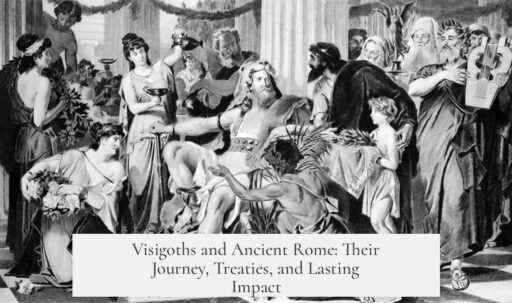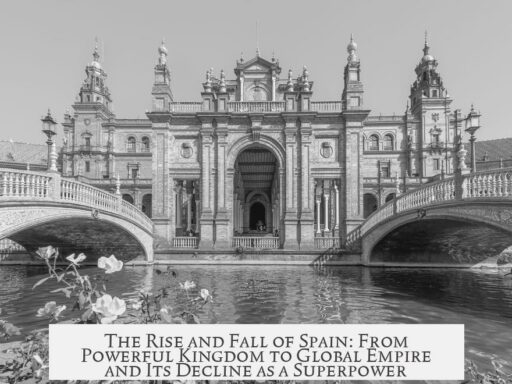The Visigoths were a Germanic people originally living north of the Danube River. During late antiquity, pressures from the Huns, led by Attila, pushed them southward, eventually into Roman territories.
The Romans made a treaty with the Visigoths, allowing them to settle on Roman land. In exchange, the Visigoths provided military service to Rome under their own generals. This arrangement was unusual; Rome traditionally commanded all allied forces directly. This shift reflected Rome’s declining control over its own empire.
The Visigoths served as Roman allies but under independent command. Over time, tensions rose. The Visigoths demanded payment for their military service, which Rome did not fully meet. This led to a Visigothic revolt.
Under Germanic leaders, the Visigoths moved west and famously sacked Rome in 410 AD. This event marked a significant turning point, symbolizing the decline of the Western Roman Empire.
After their advance, the Visigoths settled permanently in the Iberian Peninsula. Historical accounts, like those of Isidore of Seville, identify them as ancestors of the medieval Spanish people.
| Aspect | Details |
|---|---|
| Origin | North of the Danube, pressured south by Huns |
| Roman Treaty | Land settlement rights in exchange for military service |
| Military Command | Visigoths led by their own generals, not Roman ones |
| Revolt | Demand for payment, revolt, sack of Rome in 410 AD |
| Final Settlement | Established kingdom in Spain, ancestors of medieval Spaniards |
- The Visigoths migrated south due to Hunnic pressure.
- A treaty granted them land in Roman territory linked to military service.
- They maintained their own military leaders, signaling Rome’s weakening power.
- Their revolt culminated in the sack of Rome in 410 AD.
- The Visigoths settled in Spain, influencing its early medieval history.
Who Were the Visigoths and What Was Their Relationship to Ancient Rome?
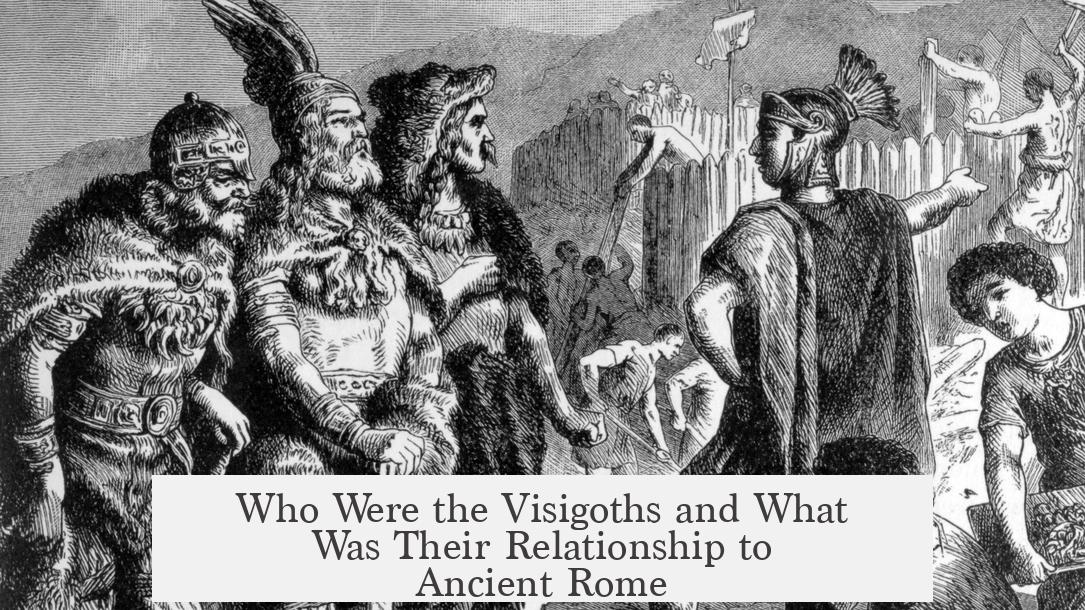
The Visigoths were a Germanic people originally from north of the Danube River who migrated southward due to pressures from Attila the Hun. Their relationship with Ancient Rome was complex, evolving from allies through a treaty to revolting enemies who famously sacked Rome in 410 AD, ultimately settling in Spain and influencing its early medieval history.
If you ever wondered who the Visigoths really were and how they fit into the grand drama of Ancient Rome, get ready for a fascinating tale. It’s a story of migration, alliances, betrayal, and legacy—all packed into a few tumultuous centuries.
From the Danube to Roman Lands: The Visigothic Journey
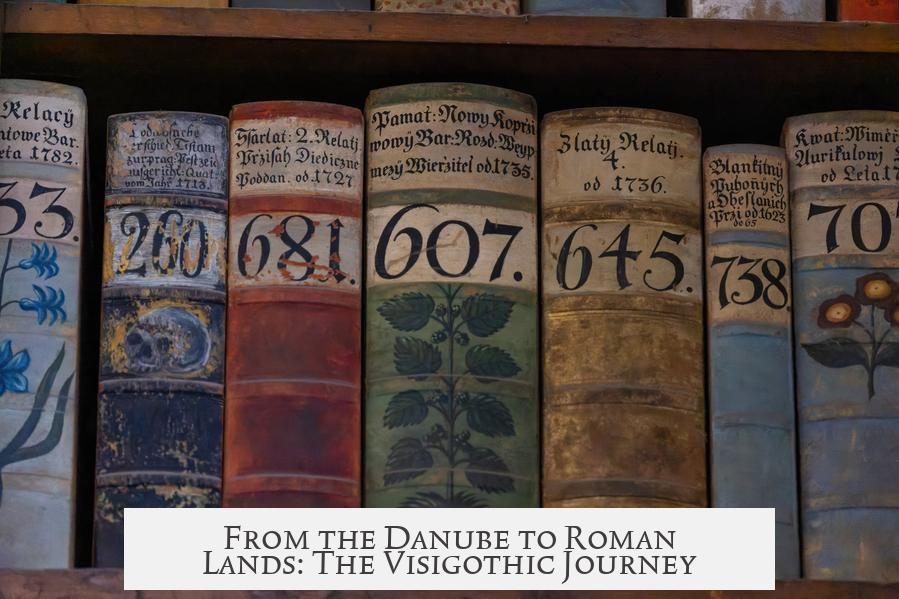
The beginning of the Visigoth saga is set in the chilly regions north of the Danube River—modern-day Eastern Europe. They lived there quietly until the shadow of Attila the Hun forced them southward. Imagine the Huns as a relentless storm chasing these tribes, prompting large groups to move toward the Roman frontiers, seeking refuge and opportunity.
But Rome was no longer the invincible empire of old. It was stretched thin, and its borders jittery. The Visigoths were part of the bigger wave of “barbarian” migrations reshaping Europe during Late Antiquity. Unlike typical invaders, the Visigoths sought integration under Rome’s banner first—not conquest.
A Treaty to Settle: Visigoths Inside Roman Borders
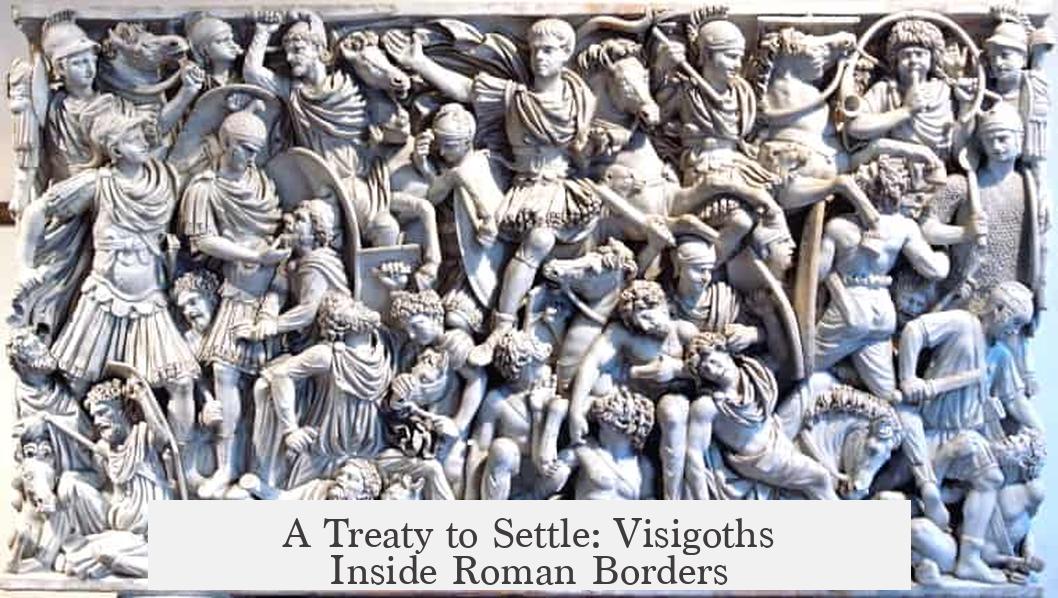
Intriguingly, Rome didn’t just throw open the gates and hope for the best. Instead, they crafted a treaty—think of it as an ancient contract granting the Visigoths land inside the empire’s borders. This wasn’t charity; it was diplomacy mixed with desperation. Rome allowed the Visigoths to settle on Roman soil but required military service in return. The Visigoths essentially became semi-official Roman allies, giving them legal foothold and Rome some much-needed soldiers.
For Rome, this was a smart move on paper. However, it planted seeds for future tensions because the Visigoths came with their own leaders and ambitions.
Visigothic Generals? Rome’s Tradition Shaken
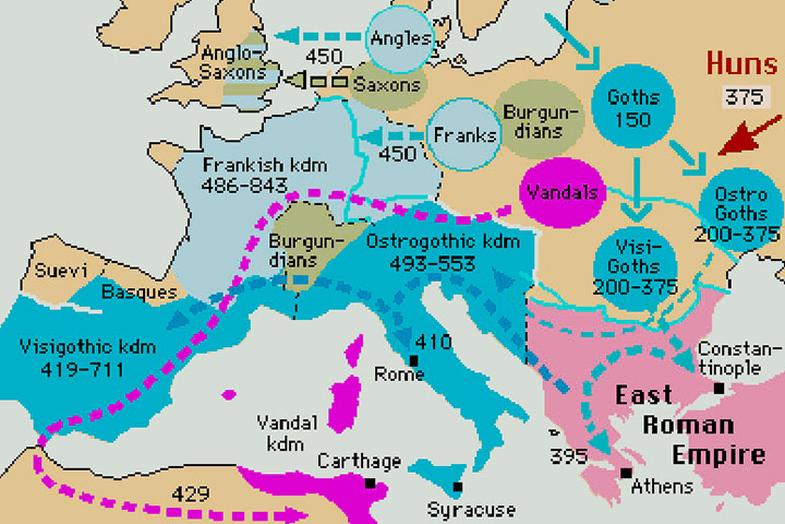
Here’s a game-changer. Unlike previous auxiliaries or allies, the Visigoths were permitted to retain their own generals rather than serve under Roman commanders. This blew centuries of Roman military tradition apart. It signified Rome’s fading grip and the shifting power balance—no longer was Rome the unquestioned master of the battlefield. The Visigoths’ autonomous command was both a practical necessity and a sign the empire had started to come apart at the seams.
Think about it. An empire where foreign troops answer to their own chiefs on Roman soil? It’s like letting a guest cook dinner but using their own secret recipes—unexpected flavors for the host!
From Allies to Adversaries: Revolt and the Sack of Rome
Allies can turn into foes when promises break. The Visigoths demanded payment for their years of service, expecting Rome to honor their end of the treaty. When Rome dragged its feet or refused, tensions exploded. The Visigoths, led by their Germanic generals, revolted and began moving westward, seeking compensation through force.
This culminated in the legendary sack of Rome in 410 AD. It was the first time in nearly 800 years that Rome had been invaded and looted by a foreign power. The sack wasn’t just a military event—it was a psychological blow signaling the decline of the Western Roman Empire. It shattered Rome’s aura of invincibility. But the Visigoths weren’t just marauders; they were sending a message to an empire that no longer kept its promises.
Spain: The Visigoths’ Final Home and Enduring Legacy
After wandering across Gaul and Italy, the Visigoths finally settled in Spain. There, they laid the foundations for what would become the medieval Kingdom of the Visigoths. According to Isidore of Seville, a celebrated scholar from the 7th century, these Visigoths were the ancestors of modern Spain.
Their legacy is woven into Spanish culture, law, and even architecture. The Visigothic Code of Laws influenced medieval European jurisprudence. They left their mark beyond mere conquest, shaping the Iberian Peninsula’s transformation from a Roman province to a medieval kingdom.
Why Does This Matter Today?
Understanding the Visigoths teaches us about the complex process of cultural and political change in history. They were neither simple barbarians nor mere conquerors. They were a people in transition, negotiating identity, power, and survival in a crumbling world.
When you think of the fall of Ancient Rome, it’s tempting to picture chaos and collapse. The Visigoths’ story adds nuance: they were part of Rome’s transformation, not just its destruction. They were integrated, then alienated. Their sack of Rome was as much about broken alliances as it was about violence.
Could we view the Visigoth-Roman relationship as a failed partnership? Or a symptom of an empire struggling to adapt? Maybe a bit of both.
Wrapping It Up: Lessons from the Visigoths and Rome
- The Visigoths originated north of the Danube and migrated due to Hun pressure.
- They settled inside Roman territory through a treaty, giving them land for military service.
- Allowed their own generals, showing Rome’s waning control and fragmented power.
- Revolt happened after unmet payment demands, culminating in the historic 410 sack of Rome.
- They settled finally in Spain, leaving lasting cultural and political legacies.
Next time you marvel at ancient history, remember this: the Visigoths show how alliances shift and empires change from within. Rome didn’t fall in a day; it evolved with and sometimes against its allies. The Visigoths weren’t outsiders. They were part of Rome’s long, complicated story—and Spain’s beginning.
